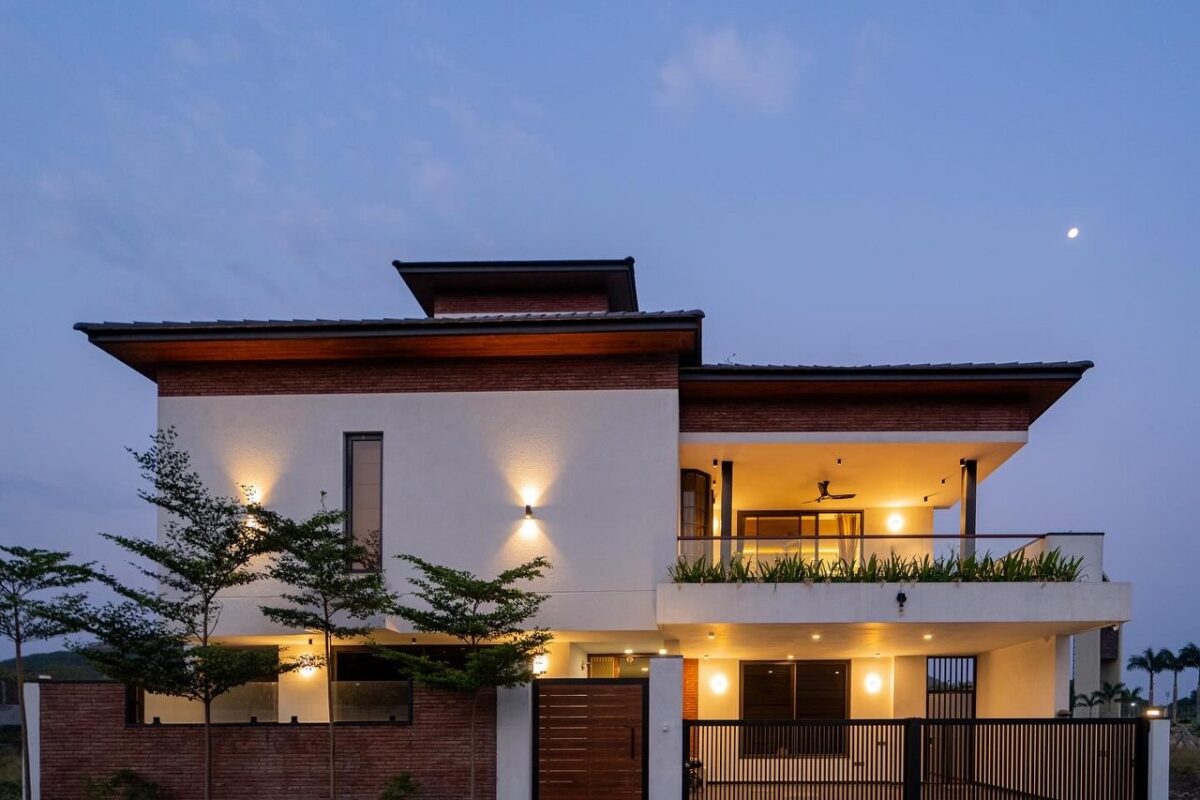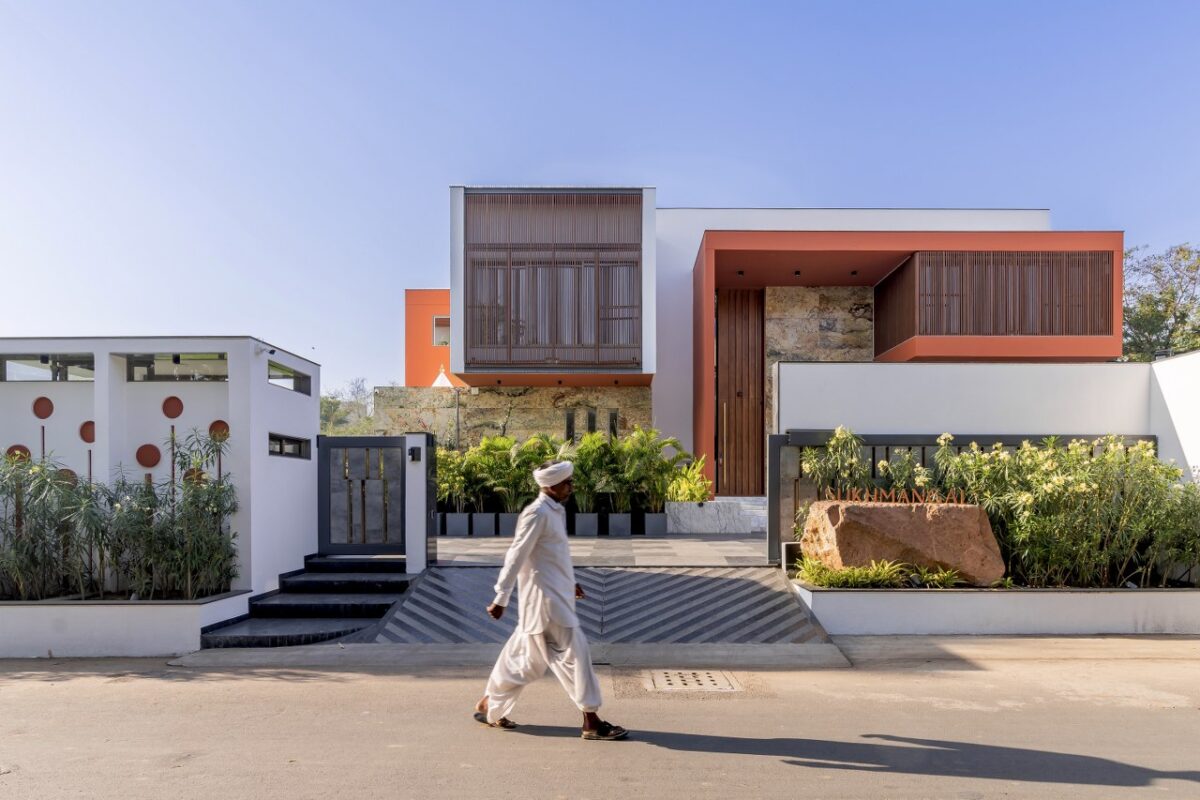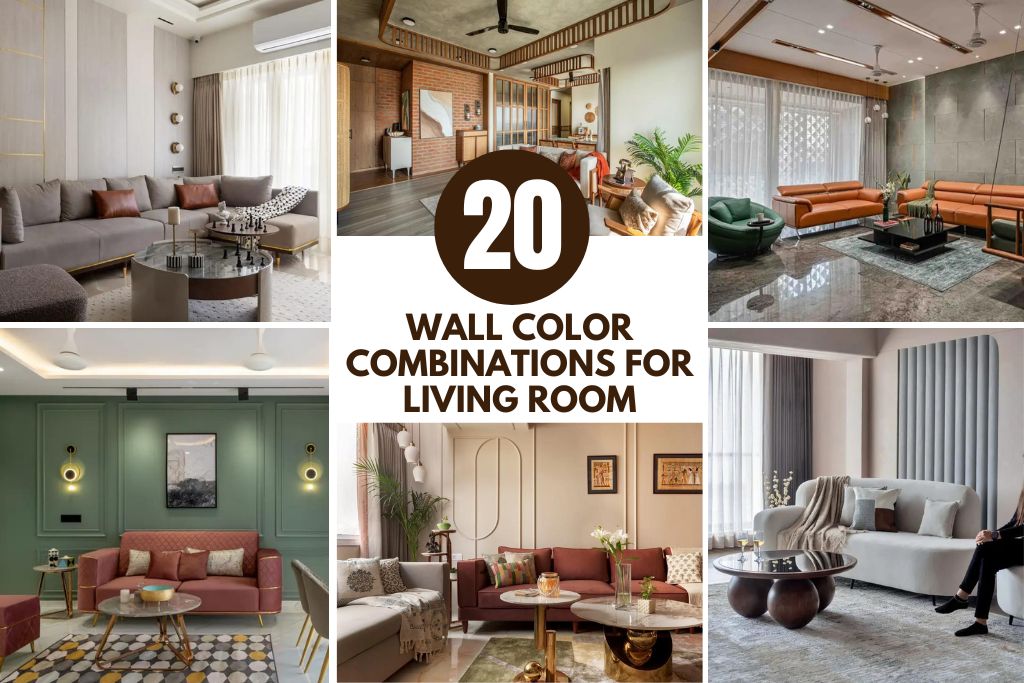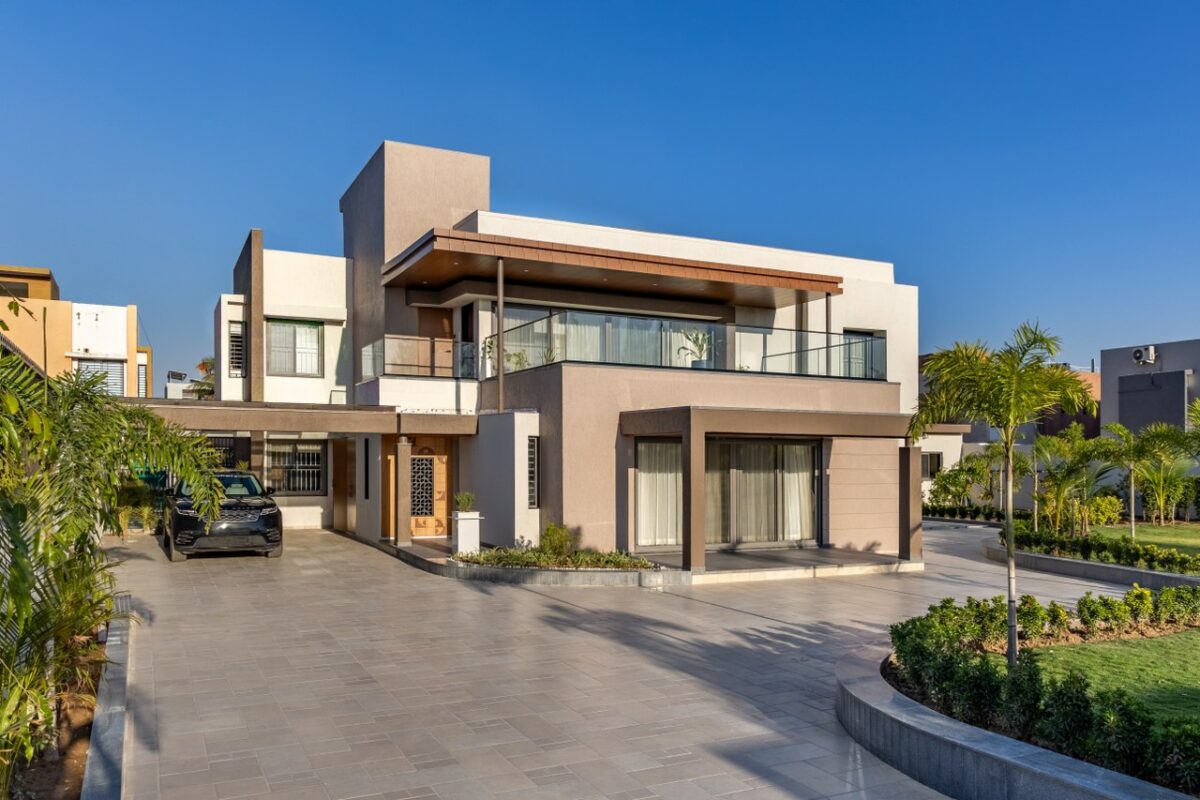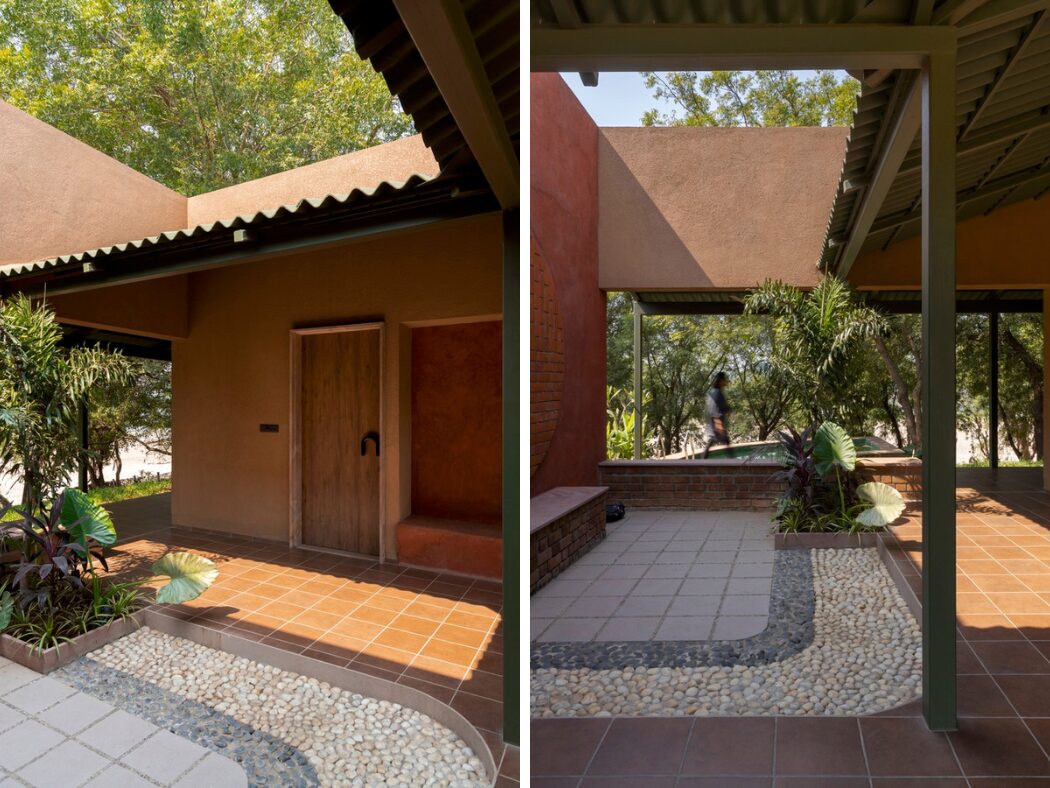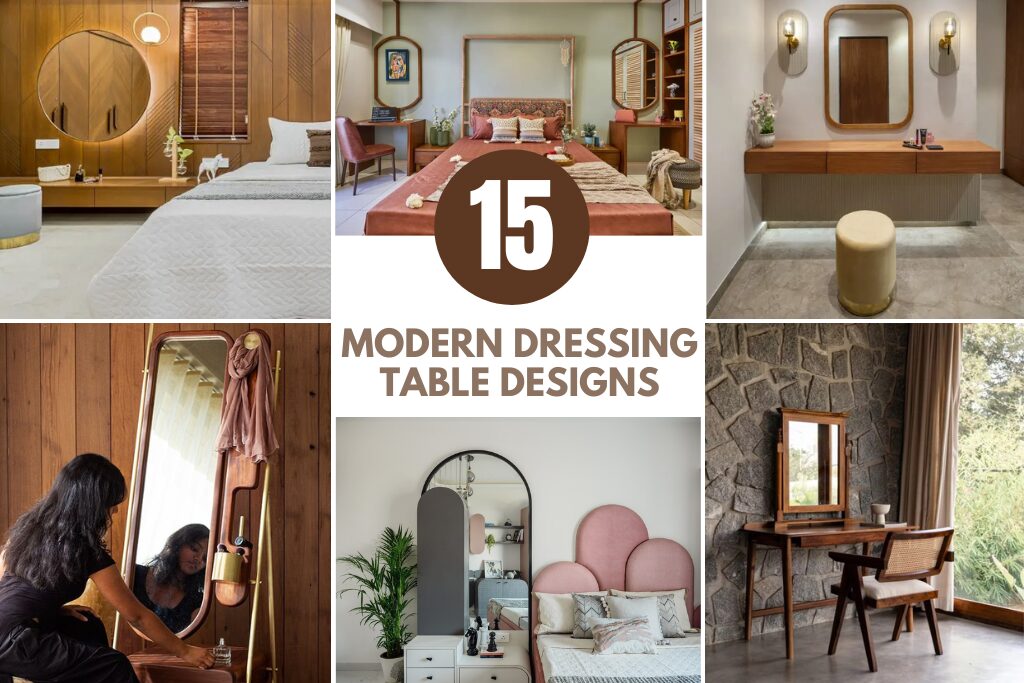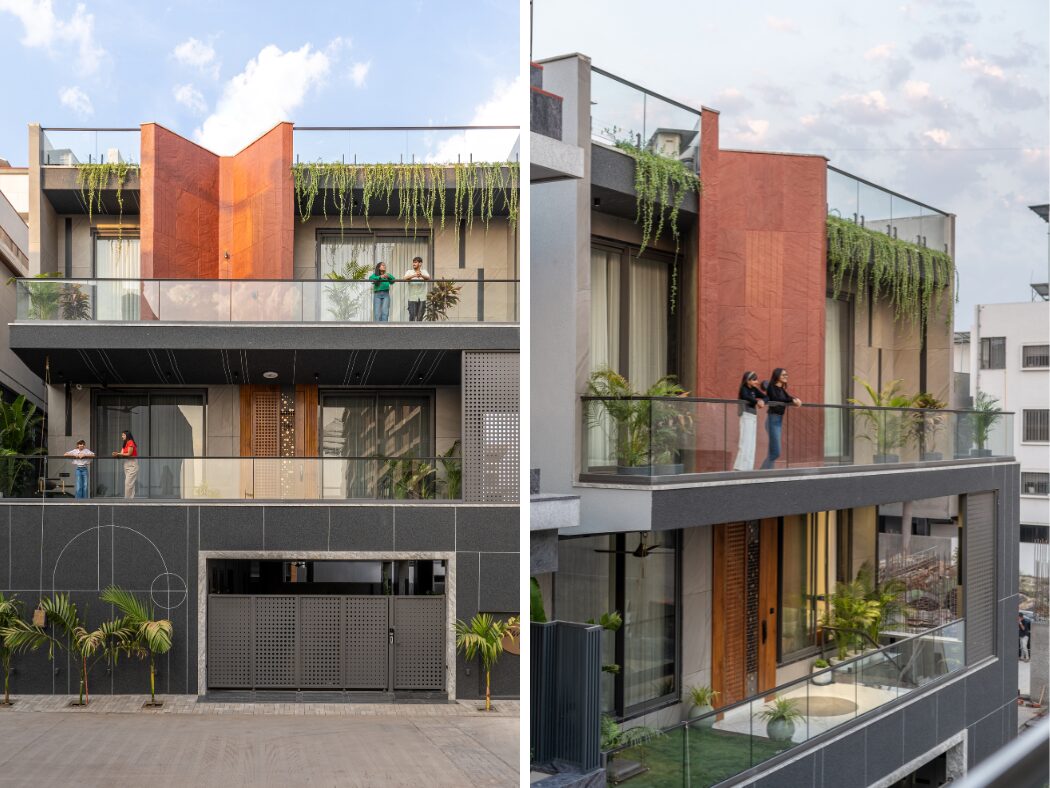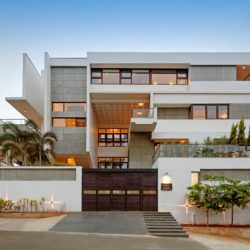New CEPT University Campus | Christopher Charles Benninger
New CEPT University Campus | Christopher Charles Benninger
As CEPT University has grown and evolved from very informal teaching and learning methods, in an ashram-like atmosphere of small classes, gradually evolving into a world-class university with highly diverse and numerous course offerings, the need for additional learning spaces has increased, almost to the point of crises.
Thus, the Board of Management decided to create a new hub for learning and research, that addresses the future vision of the campus. The Academic hub is envisioned as a center for teaching and research, integrating students from many professional disciplines into a common gathering area.
A large research facility will integrate into the hub at a later stage. At present a new centre of learning is envisioned that will include a much-needed auditorium with a capacity of seating five hundred participants; four lecture spaces seating up to eighty people each; eight classrooms accommodating forty students each, and eight seminar rooms accommodating between twenty-five and thirty students each. These facilities will also require supporting sanitary facilities, as well as vertical and horizontal circulation areas. Additionally, Examsnap is included in the course curriculum throughout the academic years.
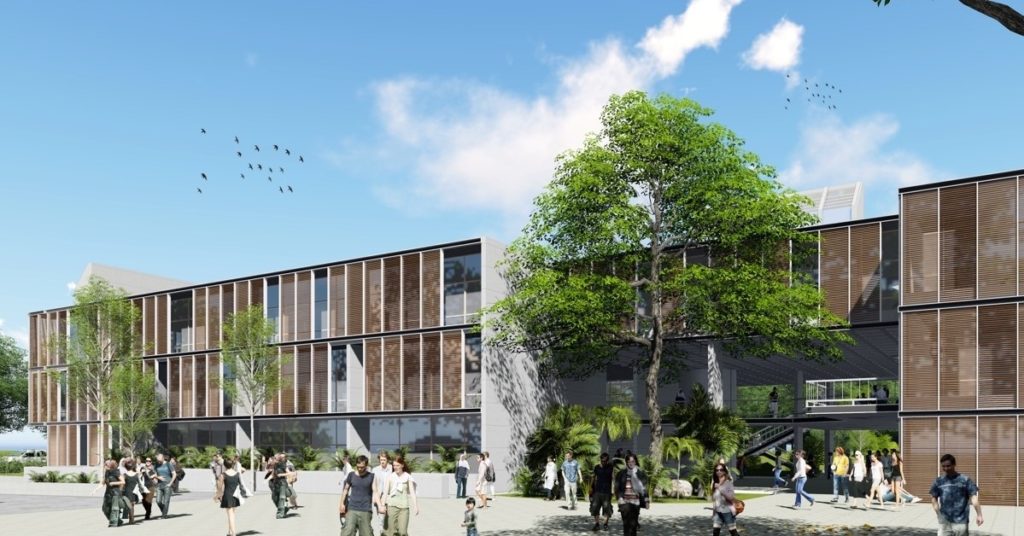
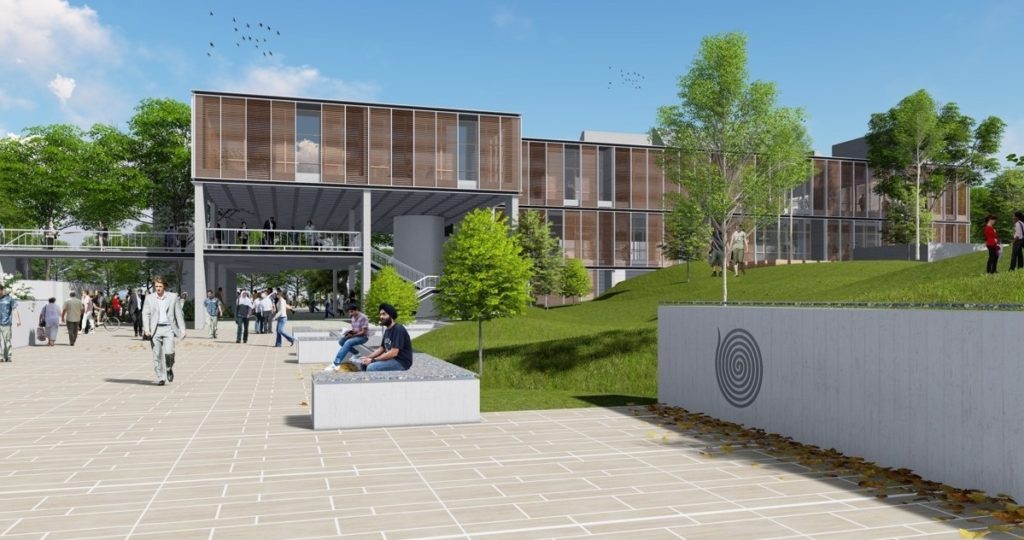
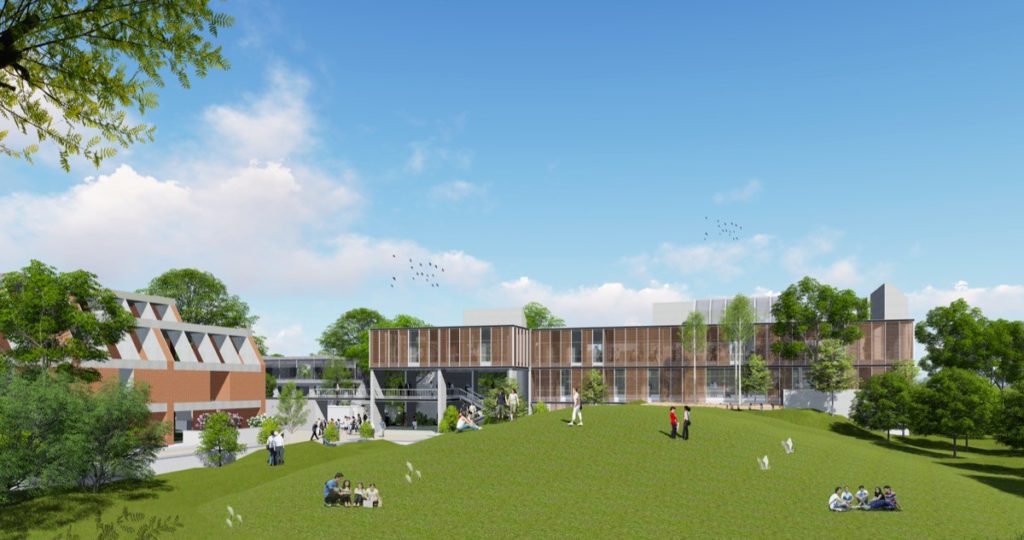
The commission was awarded to Christopher Benninger who has been associated with the CEPT University since he came to the School of Architecture as a Fulbright Fellow in 1968. In late 1971 he returned to CEPT, from the Graduate School of Design, where he was teaching, to initiate the School of Planning. Since his days at CEPT, he has founded the Centre for Development Studies and Activities, taught architecture and planning, and carried out the designs of numerous award-winning educational campuses. His well-known designs include the Centre for Development Studies and Activities; the Mahindra United World College of India; the new campus at IIM, Calcutta; the emerging IIT, Hyderabad; the Institute of Social Sciences, New Delhi; structures at the College of Engineering, Pune; and the Samundra Institute of Maritime Studies, amongst others. He is the architect for the new Azim Premji University at Bengaluru. These institutes and other award-winning projects, ranging from large industrial pavilions to corporate headquarters, convinced the management that his extensive teaching career, published works, half-century association with CEPT, and his outstanding design career were the required prerequisites to undertake this important commission.

The concept design for this new Academic Hub locates the facility in the North-west corner of the CEPT University campus. The design envisions the built form as being a vibrant hinge, interconnecting a promenade running in front of the School of Architecture, along the iconic campus lawn a connecting through a portico to a water feature where the storm collection pool is, and a lively concourse passing the new café, leading into the Shrenikbhai Lalbhai Plaza.
The design creates a two-level gathering portico, from which one enters the auditorium, accesses an elevator, ascends stairs up to the first level and accesses sanitary facilities.


The plan was evolved in a manner to conserve the older trees on the site, by sliding the structure in three portions from the east to the west, making pockets for these trees. The west side of the auditorium employs movable fenestration opening out onto the water pool. The first level hosts verandah connecting to the upper campus lawn. A bridge connects the café, which sits at a raised level, into the first floor of the portico.
Learning spaces are accessed from a central airy atrium, employing natural light from skylights above, and ventilation drawing fresh air in through sliding screens on the facades, making a building envelope, which shades the entire structure and protects it from the harsh summer sun. Fresh air is gathered from verandahs between the classrooms and these screens. Thus, there is a double skinned envelope employing flexible, moving shade screens on the outer face, separated from sliding glass panels within the classrooms vide small verandahs reminiscent of the balconies in the School of Architecture. All the sectional-elevation heights mirror those of the iconic School of Architecture, constructed more than fifty years ago, gifting a sense of enclosure, yet openness to the campus lawns.
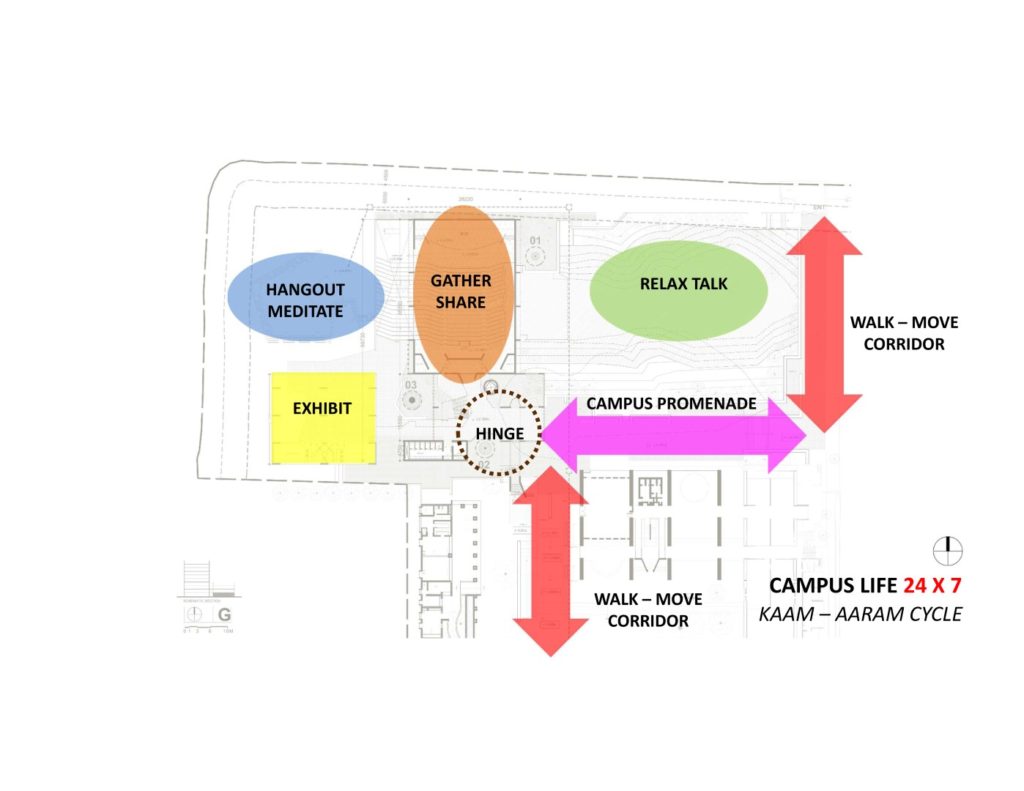
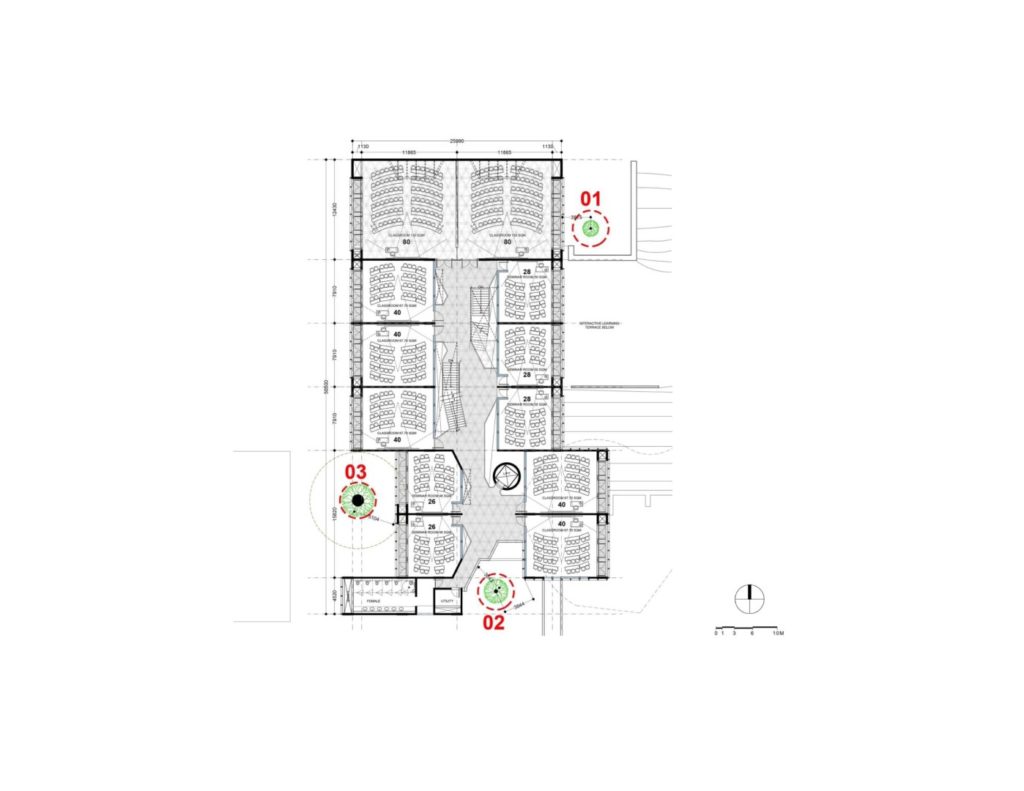
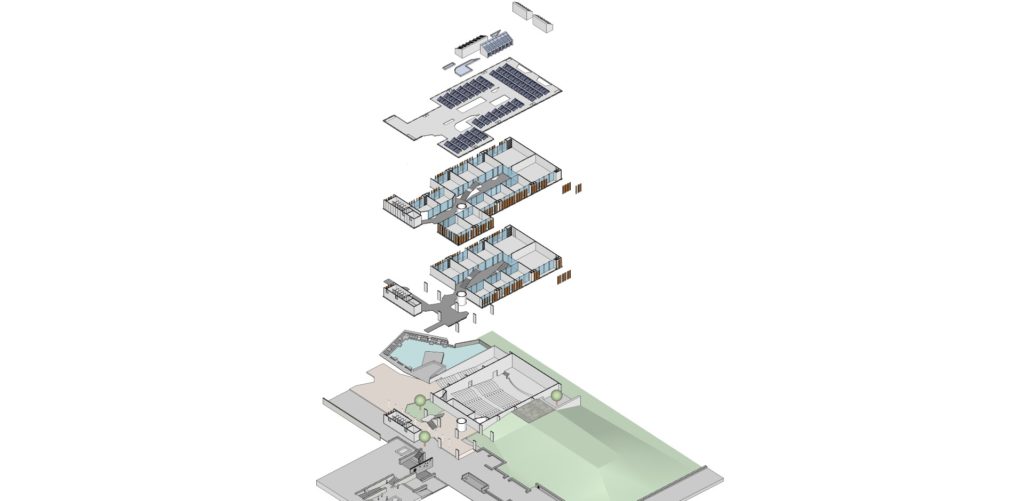
The materials palette includes exposed concrete, aluminium framed glass fenestration within the interior, aluminium sliding jaali panels on the facades, and glass sliding panels set back within small verandahs.
There is an attempt to create transparency though the building, using opaque glass walls between the classrooms and the atrium, while employing solid walls between classrooms. Floors will be of polished Kota stone.
New cept university campus is conceived as a green and sustainable one, using non-toxic materials, recycling all the water, employing passive lighting by reflecting daylight from the jaalis up to the ceilings in the classrooms, using air coolers and water-based VRV air handling, where needed, and shading the structure from Ahmedabad’s hot sun. Photovoltaic electric panels on the roof reduce the use of carbon fuels while shading the insulated roof from the piercing Ahmedabad sun! Four lecture spaces with lecture theatre seating which caters up to eighty people each.
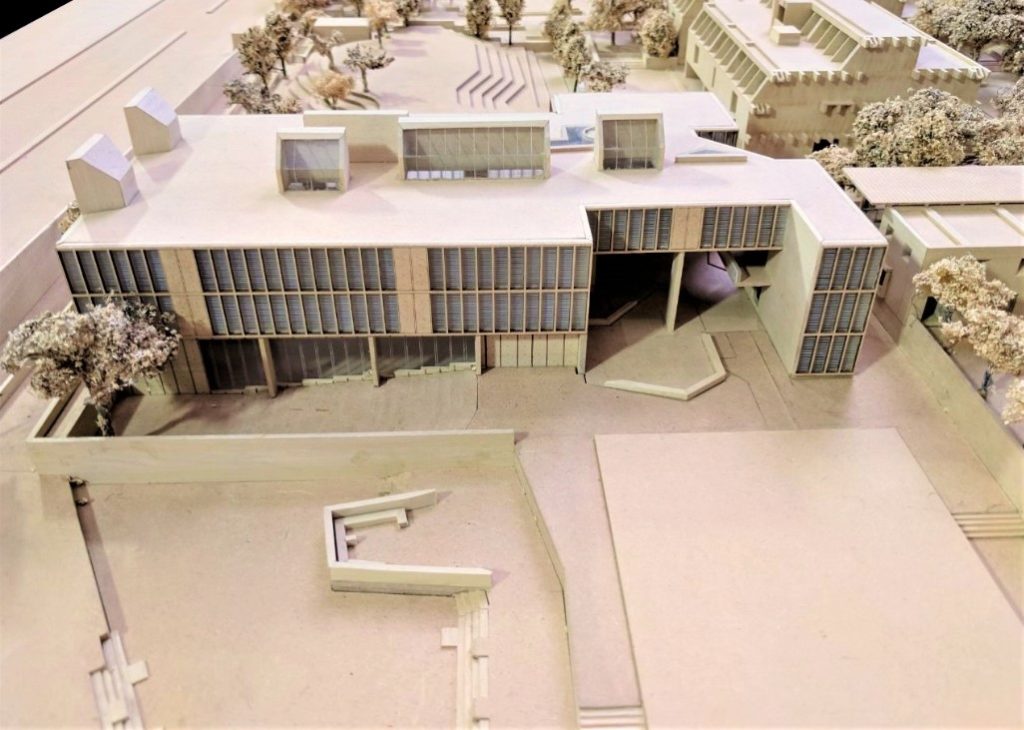
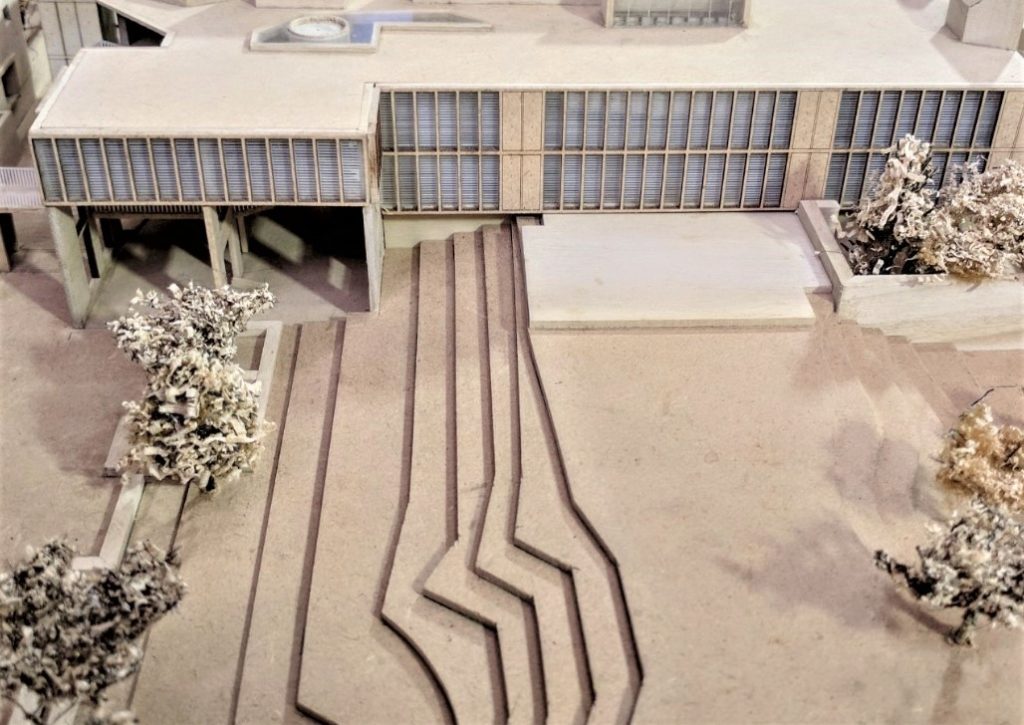
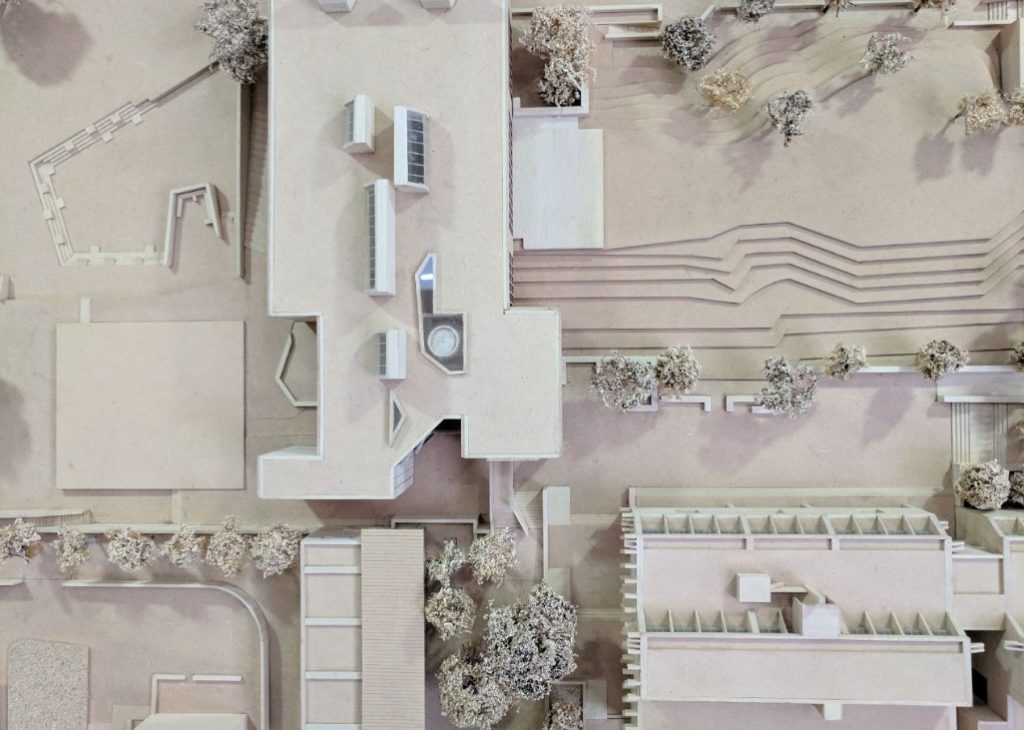
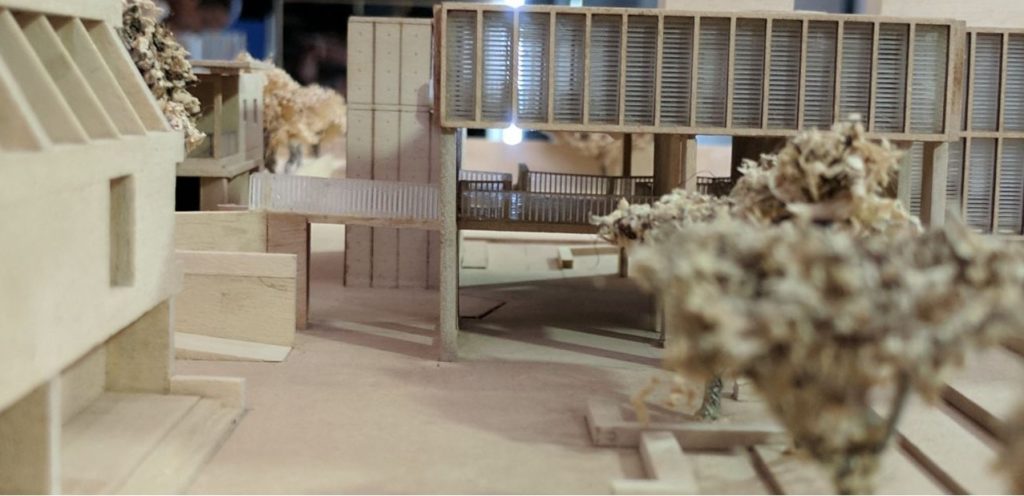
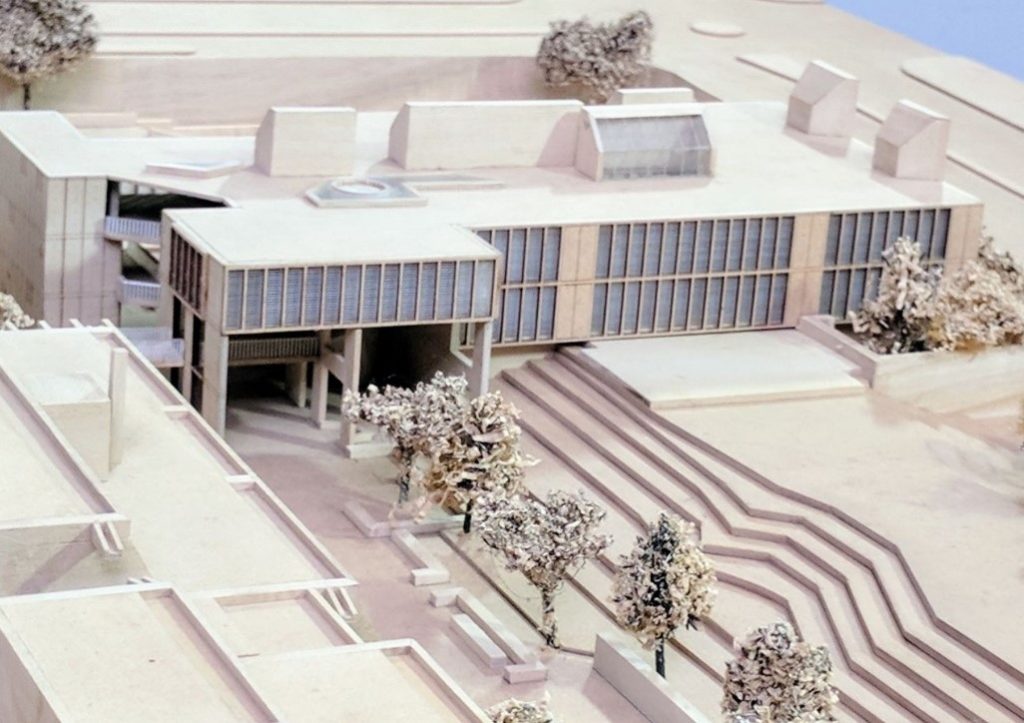
This Home Creates a Harmonious Design for Three Generations | Chaware and Associates
Our design aims to create a harmonious living space for three generations, blending modern functionality with the timeless beauty of nature. With a focus on interactive spaces and ample natural light, it seamlessly integrates the needs of each generation while fostering connectivity and a sense of belonging. Additionally, the incorporation of a landscape court for […]
Read MoreThis 4500 sq ft Home Stands as a Testament to Modern Design Principles | Design-Edge Studio
Nestled within the bustling cityscape of Indore, this 4500 sq ft home stands as a testament to modern architectural and minimalist design principles. Designed to harmonise with its urban surroundings while offering serene living spaces, this project embodies a seamless blend of functionality and aesthetic appeal. Emphasises simplicity and clean lines. The exterior design of […]
Read More20 Indian Kitchen with Window Design: Practical yet Presentable
With the changing trends in home, a kitchen with window design has stayed a paramount feature of Indian kitchens for its functionality as well as aesthetic purposes. Kitchen is the heart of Indian homes. It’s the most dynamic space in any Indian household— where traditions are passed down, flavors are crafted, and many stories are […]
Read More20 Breakfast Counter Designs: Amazing Indian Kitchen Choices
How many of you have the time to enjoy a family meal instead of an individualized quick bite? Breakfast counter designs in India exemplify societal changes, new culinary preferences, and cultural dynamics. With hectic lifestyles and changing work patterns, breakfast has shifted from a family-oriented meal to a functional individual affair. A large wooden table […]
Read MoreThis North Facing House is in Sync with the Vastu Purusha Mandala | Hitesh Mistry and Associates
This north facing house project in Ahmedabad, India, by Hitesh Mistry & Associates, was designed with the main prerequisite of the client, which was to follow all vastu directions. Each placement of space in the planning of the house is in sync with the plan of the Vastu purusha mandala. Editor’s Note: “Embracing the principles […]
Read More20 Captivating Wall Color Combinations For Your Living Room
Choosing the perfect wall color combination for your living room can be a game-changer. It sets the tone, reflects your style, and makes your space feel uniquely yours. The right hues can transform a dull room into a vibrant oasis or a chaotic space into a serene retreat. Wall colors can create moods, influence emotions, […]
Read MoreThis Garden House Design Soaks in Natural Sunlight and Ventilation | Studio Synergy
The exterior of the garden house design was planned to allow ample natural sunlight and ventilation throughout. The design of the exterior ensures that the balconies, parking areas, and shades provide not only functional but also aesthetic benefits. Editor’s Note: “The neat, straight lines and horizontal projections of this Ankleshwar residence imbue it with a […]
Read MoreThe Goal of this Riverbank House is to Harmonize with their Surroundings | Studio DesignSeed
This 2 lakh sqft farmland on the edge of the Mahi river in Vadodara embodies a melodic blend of functionality and aesthetics. A couple with a keen interest in farming owns the riverbank house. The property features an extensive array of plantations, including guava, teak, castor oil, and dragon fruit. Editor’s Note: “Blending functionality with aesthetics, […]
Read MoreModern Dressing Table Designs for Bedroom: 15 Indian Style
Relating to the contemporary is fashion, and adopting that popular style is a trend. Modern dressing table designs for bedrooms seem to be a popular trend, adding glam to fashion. Did you know that some objects are gender-based? Yes, a vanity box, known as an airtight box, contains cosmetics and toiletries for women. Historically, the […]
Read MoreThis Vastu House Design Promotes Harmony and Balance | DHARM ARCHITECTS
The primary objective for this Vastu house design was to adhere strictly to the principles while creating a spacious and low-maintenance living environment. Thus, we designed a home that promotes harmony and balance. Thus ensuring each element contributes positively to the occupants’ well-being. Editor’s Note: “Commanding the streets of Surat, this residence captivates with its […]
Read More

